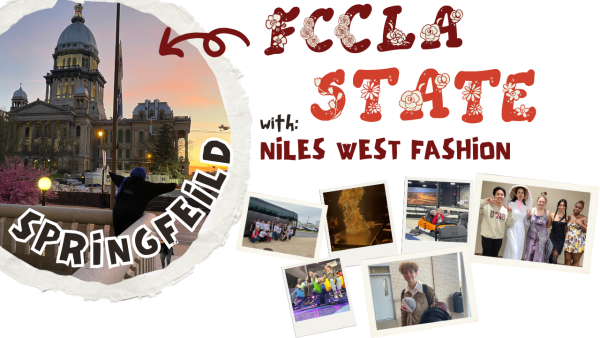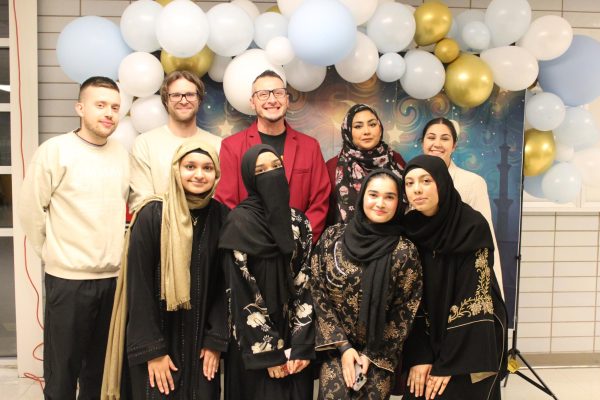“Fate: The Winx Saga” Brings Back a Childhood Favorite

Jan 28, 2021
On Fri. Jan. 21, 2021, “Fate: The Winx Saga” was released on Netflix. This TV series is a new live-action adaption of the “Winx Club,” which was originally released in 2004.
As a young girl, I was obsessed with “Winx”. Flora was my personal favorite, while my sister was a huge Stella fan. We were such fanatics, that we begged our mom to buy us Winx shampoo and perfume, which she eventually gave in to and, I, had Bloom’s scent while my sister opted for Stella’s yellow bottle. Naturally, I was ecstatic when I heard that my childhood favorite show would be returning, in a form that would be acceptable to watch as a 17-year-old no less.
The six-episode season consisted of magic, teenage romance, and rebellion, the perfect mix for a great TV drama. I don’t know what I expected when watching the show, but it was nothing like the Winx Club. It was a Riverdale-esque take on the animated “Winx Club,” but just because it was different doesn’t mean I hated it.
Plot-wise, the show had a nice storyline, with the drama between Bloom and her love interest Sky, the whole debacle with the Burned Ones, Bloom’s struggle with her identity, sprinkle in the power of friendship here and there, and there are the entire 6 episodes. That being said, it wasn’t true to the original “Winx Club”.
Netflix has a tendency when doing adaptations of shows into teenage dramas of making them dark and twisted. The original “Winx Club” was bright and cheery, while the new “Fate: The Winx Saga” is dark and dreary. The beauty of the original “Winx Club” was that it was a fun and cheery show, that people could enjoy and be happy whilst watching. This new adaptation is not scary per se, but I don’t think a four-year-old could watch it without getting frightened.
In terms of casting, there were a few shortcomings. The original “Winx Club” cast was diverse. Bloom, Stella, and Tecna (who doesn’t appear in the adaptation) are thought to be white, while Aisha, Flora, and Musa are all thought to be women of color. In the adaptation, Bloom, Stella, Musa, and Terra (Flora’s replacement) are all white, or at the very least white-passing, and Aisha is the only woman of color. This is a complete turnaround from the animated series, and in all honesty quite disappointing. The original cast provided a show where people from multiple ethnic backgrounds could identify with a character, which is rare, and increasingly rare in 2004. To take that away is a shame.
I think the show was very similar to pretty much any Netflix original out there right now, but I quite like shows that don’t really have a deeper meaning, so I enjoyed it, but if you’re looking for something original, this show might now be for you. Compared to the “Winx Club,” I think “Fate: The Winx Saga” is mediocre, at best, and I would rate it a 6/10.







